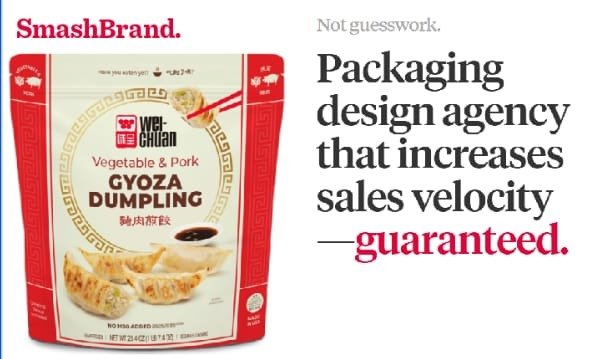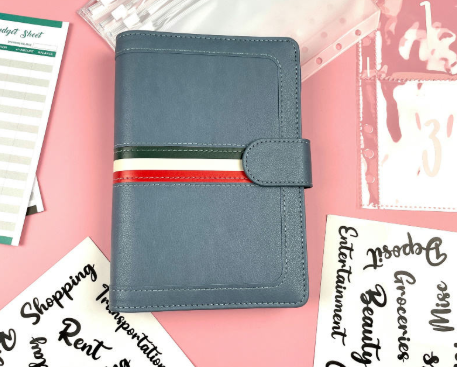
Why Copywriting Matters in CPG Packaging
In the fast-moving world of consumer packaged goods (CPG), brands often focus heavily on visual identity: colors, logos, structure, and typography. While these elements are crucial for grabbing attention, it is the words on the package that do much of the heavy lifting when it comes to closing the sale. Packaging copywriting is more than just filling space. It guides consumer understanding, builds trust, communicates value, and compels action in just a few seconds.
Consumers do not read packaging the same way they read books or websites. They scan. They pick up visual and verbal cues quickly. If the copy is unclear, dull, or cluttered, interest is lost. On the other hand, precise, benefit-driven messaging can make the difference between a product that gets picked up and one that gets passed over.
The First Impression Starts With Words
The initial consumer interaction with a product often comes through a brief glance at its packaging. At that moment, I must work hard. While visuals catch the eye, copy seals the deal. A product name that connects, a tagline that differentiates, and a benefit statement that feels relevant can create immediate engagement.
Effective packaging copy begins with clarity. What is this product? Who is it for? Why does it matter? The answers should be obvious without requiring effort. Ambiguity leads to confusion, which quickly leads to abandonment. Smart copywriters prioritize clear product descriptions and category cues before leaning into creativity.
Speaking the Consumer’s Language
The best packaging copy feels like a direct conversation with the buyer. It mirrors how they think and talk about the product category. This connection builds familiarity and trust. For instance, using industry jargon or overly technical terms can alienate shoppers, while relatable language brings them closer.
This is where research becomes essential. Understanding how target consumers describe problems, needs, and benefits provides the foundation for copy that resonates. Packaging should echo those exact sentiments in short, impactful phrases. Clarity is not about dumbing things down, but about meeting the audience where they are.
SmashBrand incorporates consumer language into every stage of its development process. Through testing and market validation, they identify which claims and benefits are most persuasive to the audience. This ensures that packaging copy reflects real consumer priorities, not assumptions made in a boardroom.
Hierarchy of Messaging
Not all copy is created equal. There should be a clear order of importance that guides how content appears on the front and back of the packaging. Core claims, product names, and benefit statements belong at the top. Supporting details, certifications, and usage instructions come later.
Hierarchy helps reduce cognitive overload. When everything shouts, nothing is heard. Smart packaging design structures the messaging so consumers can absorb the most critical information first. This approach respects both time and attention, increasing the likelihood of engagement.
Each piece of text must earn its place. There is limited space, and every word must add value. This forces a discipline that benefits the entire brand. It encourages sharper thinking, more concise language, and ultimately, stronger communication.
Proof Points and Persuasion
Trust is a vital component of packaging copy. Claims without proof feel empty. Certifications, ingredient highlights, sourcing details, and performance metrics serve as essential proof points that reinforce the main messages.
But persuasion goes beyond listing facts. It involves framing those facts in ways that appeal to the consumer’s emotions and priorities. For example, instead of simply stating “100% recycled material,” a package might say “Better for the planet, made with 100% recycled content.” The latter ties the claim to a shared value, making it more impactful.
SmashBrand utilizes evidence-based design to ensure these messages not only appear, but also perform. By integrating research and design throughout their process, they confirm which claims resonate, which ones need refinement, and how to position them most effectively on the package.
Aligning Voice With Brand Personality
Tone and voice are often overlooked in packaging copy, but they play a crucial role in brand perception. A playful snack brand should not sound like a pharmaceutical. A premium skincare line needs more elegance than enthusiasm. Matching voice to brand personality builds coherence across all touchpoints.
Packaging is one of the most immediate expressions of a brand’s identity. If the tone is inconsistent with other channels, it causes friction. On the shelf, every small detail influences perception. From humorous taglines to confident callouts, tone builds trust.
Establishing a consistent voice begins with clear brand foundations. Knowing the core attributes, values, and positioning of the brand allows copywriters to create language that supports those pillars. It is not just about sounding good. It is about sounding right.
Copy That Converts Across Channels
Today’s consumers discover products in multiple places: retail shelves, ecommerce sites, and social media. Packaging copy must perform well across all of them. A compelling front-of-pack message might draw attention in-store, while bullet points and benefit lists help online shoppers make informed decisions.
Digital platforms add complexity to packaging copywriting. Without the tactile experience, words must do more. They must provide clarity, convey differentiation, and support SEO strategies. This dual functionality makes tight, purposeful writing even more essential.
An integrated brand strategy ensures packaging copy supports all forms of communication. From physical displays to digital ads, cohesive messaging enhances recognition and builds trust. It reduces confusion and creates a seamless experience for the customer, regardless of how they encounter the brand.
Final Thought
Packaging copywriting is not an afterthought. It is a strategic asset that shapes perception, builds trust, and drives conversion. The right words can clarify, persuade, and reinforce your brand promise all in the space of a few seconds. In a crowded marketplace, that clarity makes the difference between being considered and being ignored.
SmashBrand takes a performance-focused approach to branding and packaging, combining market research, testing, and creative execution into one streamlined system. Their method ensures that copy is not only aligned with consumer expectations but also integrated seamlessly into the larger brand ecosystem.
For brands looking to elevate their impact through better communication, packaging copy is the place to start. Visit SmashBrand.com to explore how language, design, and strategy can work together to create products that connect and convert.




